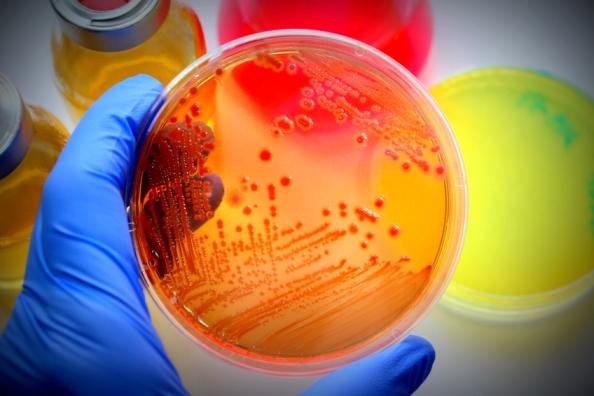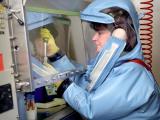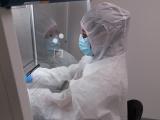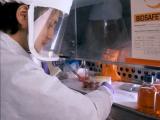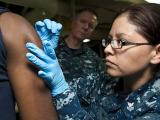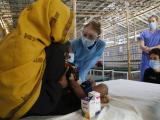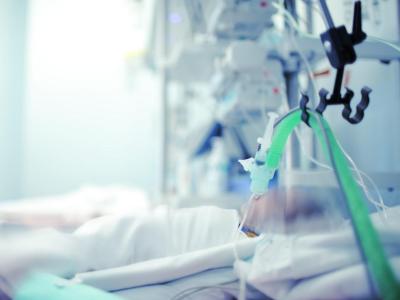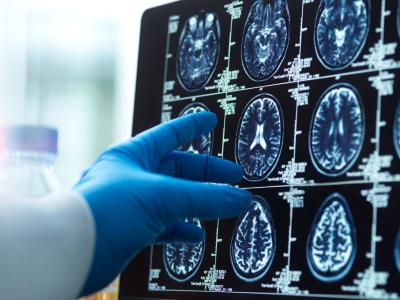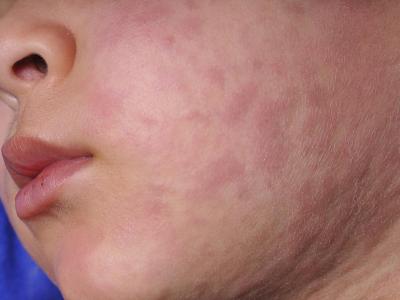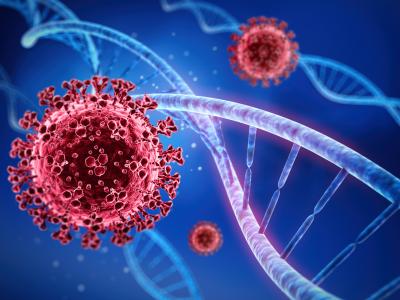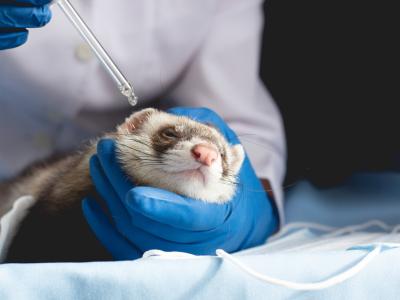A government investigation of lab incidents involving incomplete pathogen activation at US high-containment labs since 2003 turned up 11 events that weren't reported and identified problems with identifying and tracking such instances.
The probe by the US Government Accountability Office (GAO) was requested by members of two House of Representatives committees that have held hearings to learn more about several biolab incidents over the past few years, including a revelation last year that a Department of Defense laboratory inadvertently sent out live Bacillus anthracis—which causes anthrax—to nearly 200 labs worldwide over the past 12 years.
In the course of its investigation GAO investigators reviewed reports of incomplete inactivation from 2003 through 2015 and interviewed officials from all federal high-containment labs, as well as some academic and private facilities. The team reviewed relevant laws, regulations, and guidance, including that issued by the nation's Select Agent Program.
As an extra step, they convened a meeting with 19 experts, with the help of the National Academies of Sciences, to discuss issues related to pathogen inactivation.
Investigation findings
They found 10 incidents reported to the Select Agent Program, but 11 more that weren't initially identified, including 2 in 2014 at Department of Health and Human Services (HHS) labs. The events involved a variety of pathogens, but the largest shares were B anthracis and Francisella tularensis. Lab types also varied, with 11 occurrences at federal facilities, 5 at private labs, and 5 in academic settings.
Part of the problem is that the program doesn't have consistent, written criteria for handling the incidents involving incomplete inactivation, which they said underscores earlier GAO findings that federal oversight is fragmented and self-policing.
Without a complete and full accounting of how often and why the incidents occur, it's difficult for federal officials to develop guidance to prevent future events, the GAO investigators found. They also acknowledged several scientific challenges regarding inactivation of lab samples, including gaps in scientific knowledge and limited federal guidance on development and validation of the inactivation protocols.
"Without more comprehensive guidance, as called for by experts, protocols will vary in their scientific soundness, increasing the risk of incomplete inactivation," the GAO wrote in its 71-page report.
Six recommendations
The GAO made six recommendations to HHS and US Department of Agriculture (USDA). The experts asked the HHS and USDA to lead efforts to develop clear definitions of inactivation that can be used in guidance documents and to revise reporting forms to better identify and explore the reasons for the incidents.
The report also recommended that HHS and the USDA ask their agencies to:
- Coordinate research efforts to close scientific gaps regarding inactivation and viability testing across all of their high-containment labs
- Create comprehensive and consistent protocols and safeguards that would encompass the Select Agent Program, National Institute of Health oversight of recombinant pathogens, and the Biosafety in Microbiological and Biomedical Laboratories (BMBL) manual
- Develop and implement consistent criteria for documenting and referring violations
To make it easier to locate pathogens if there is an incident, the GAO urged HHS agencies to include in the next update of the BMBL guidance on documenting shipments.
See also:
Sep 21 GAO report
